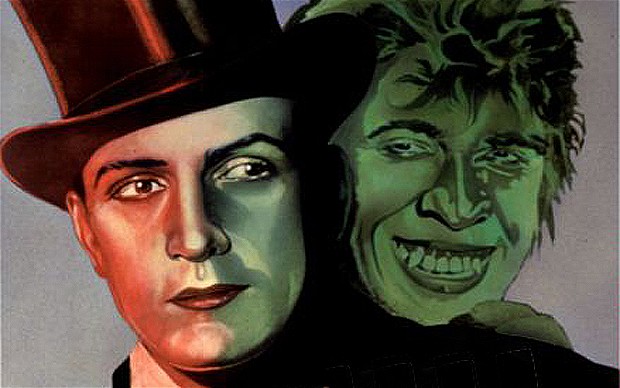
If you’ve ever read the Robert Louis Stevenson book, you know that Dr. Jekyll and Mr. Hyde were one and the same.
After a science experiment gone wrong, the kind-hearted Dr. Jekyll becomes the abhorrent Mr. Hyde. They live two entirely different lives with entirely different personalities, but they are both aspects of the same man.
I’ve been revisiting this story recently. I enjoy reading atmospheric books to suit the season, and this makes great fall reading. But, it also has applications in the dating world.
Let me give an example. I once dated a man who projected this very wholesome outer image. He was the picture of self-deprecation and humility. However, his behaviors often displayed an entirely different side—one that might have been closer to the truth. He projected one personality publicly, but his private life told a different story.
Another man I dated was very charming and made many romantic overtures, but turned out to be a serial cheater and both verbally and physically abusive. Again, there were two different sides. Many abusive relationships have this dichotomy. Someone who may start out making grand gestures and playing the romantic hero (or heroine) might display a side of emotional abuse or even physical abuse later.
So which one is real? The truth is that they both are—but one tends to dominate.
What often happens is that the victim of the Dr. Jekyll/Mr. Hyde relationship can’t quite figure out which one is real and which one is the aberration. It brings to mind the Maya Angelou quote: “When someone shows you who they are, believe them the first time.”
We tend to deny the evil Mr. Hyde traits, because it’s easier to believe that the person we like (or even love) is really their “better self.” But the truth is that we choose how we behave, and when someone shows us who they really are, we need to accept that.
Now, I’m not saying that we should overlook the good in favor of judging the faults and flaws in a person or a relationship. I’m saying that when we see something that we don’t like, we need to make sure that we give it equal consideration alongside the good that we see.
We don’t need to stick our heads in the sand and pretend that it’s not happening. We need to acknowledge it and see if it’s something we can address—or if it’s actually a deal breaker for us. It’s not about condemning the faults in others or thinking that we’re perfect. It’s simply about seeing and accepting people for who they actually are and not who we want them to be.
It isn’t always easy to tell. People tend to try to put their best foot forward at the beginning. It’s often tough to see who they really are—and sometimes, it’s not an issue of a duplicitous personality, as much as it is that we’re simply not well-suited for one another and should go our separate ways.
But sometimes, we fail to see what’s right in front of us—and even if other people warn us, we don’t always listen. It’s so very easy to believe the things we want to believe. However, it’s so much healthier for our lives if we understand and believe the truth.
If we’re dating Dr. Jekyll and Mr. Hyde, it may be time to break up with Mr. Hyde or to stop seeing them both. Because we’re either dealing with a good person who made some mistakes (and is sorry for them and will make every effort to rectify them and behave differently), or a person who is toxic for us and doesn’t need to be a part of our lives.
We need to look for the prevalence of the behaviors. How often are they happening? How does our partner react in the aftermath? Do things change when we address them? Is the relationship more healthy or unhealthy?
Then, we can decide for ourselves the best course of action.
~
Relephant:
Mirror, Mirror on the Wall…30 Traits of a Narcissist.
Are You Dating A Sociopath?
~
Author: Crystal Jackson
Image: vintage movie poster art
Editor: Yoli Ramazzina
Copy Editor: Danielle Beutell
Social Editor: Waylon Lewis


 Share on bsky
Share on bsky




Read 0 comments and reply